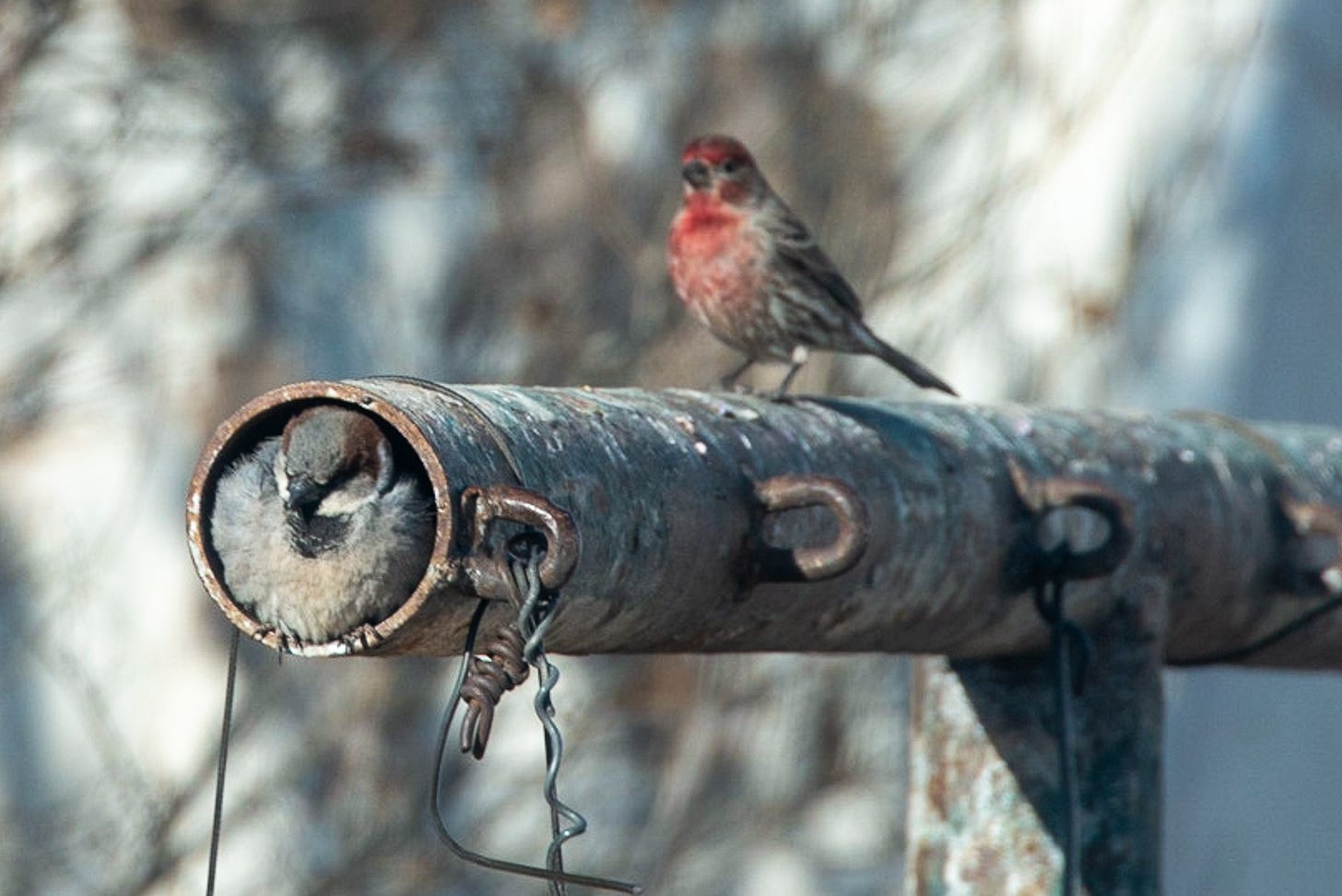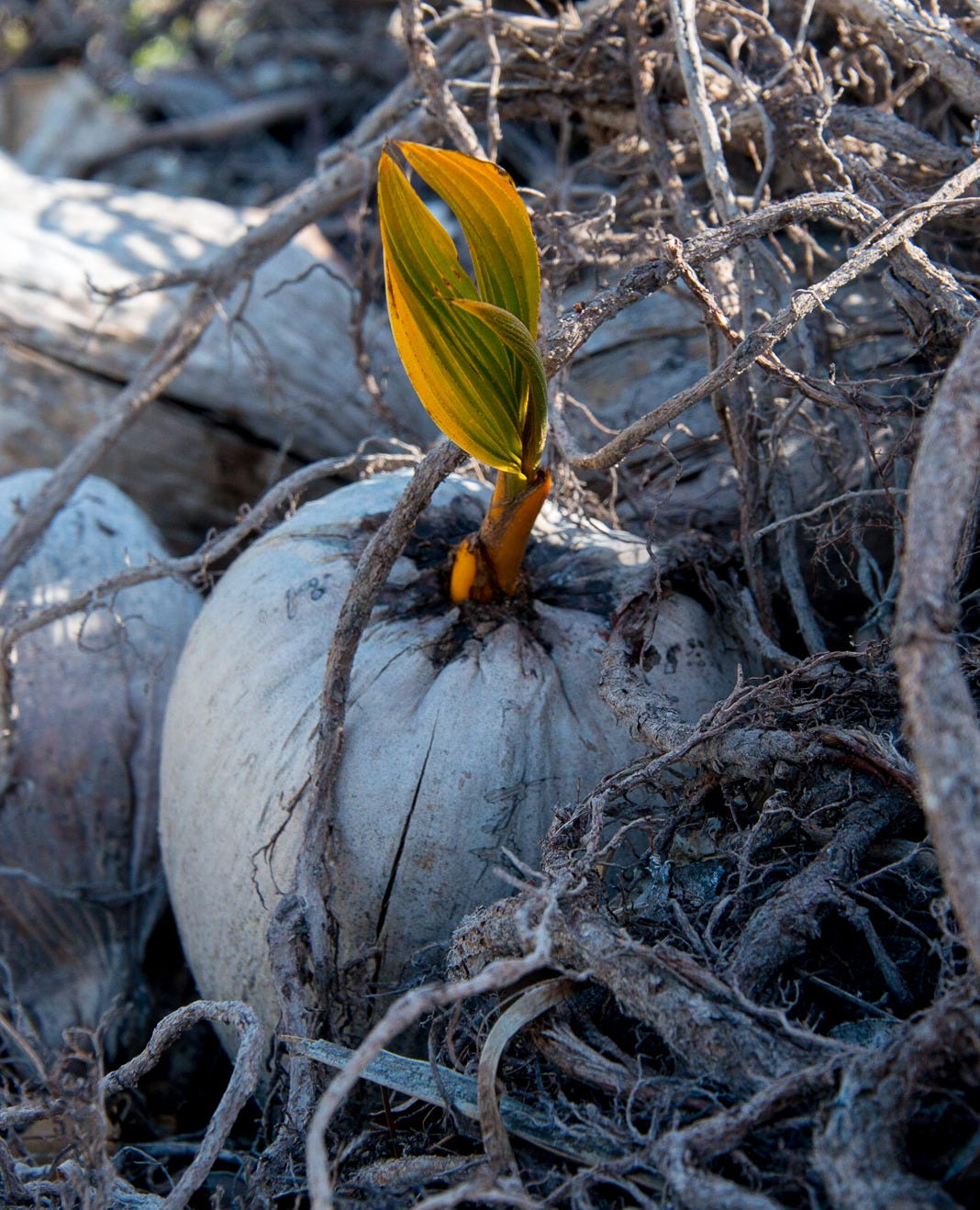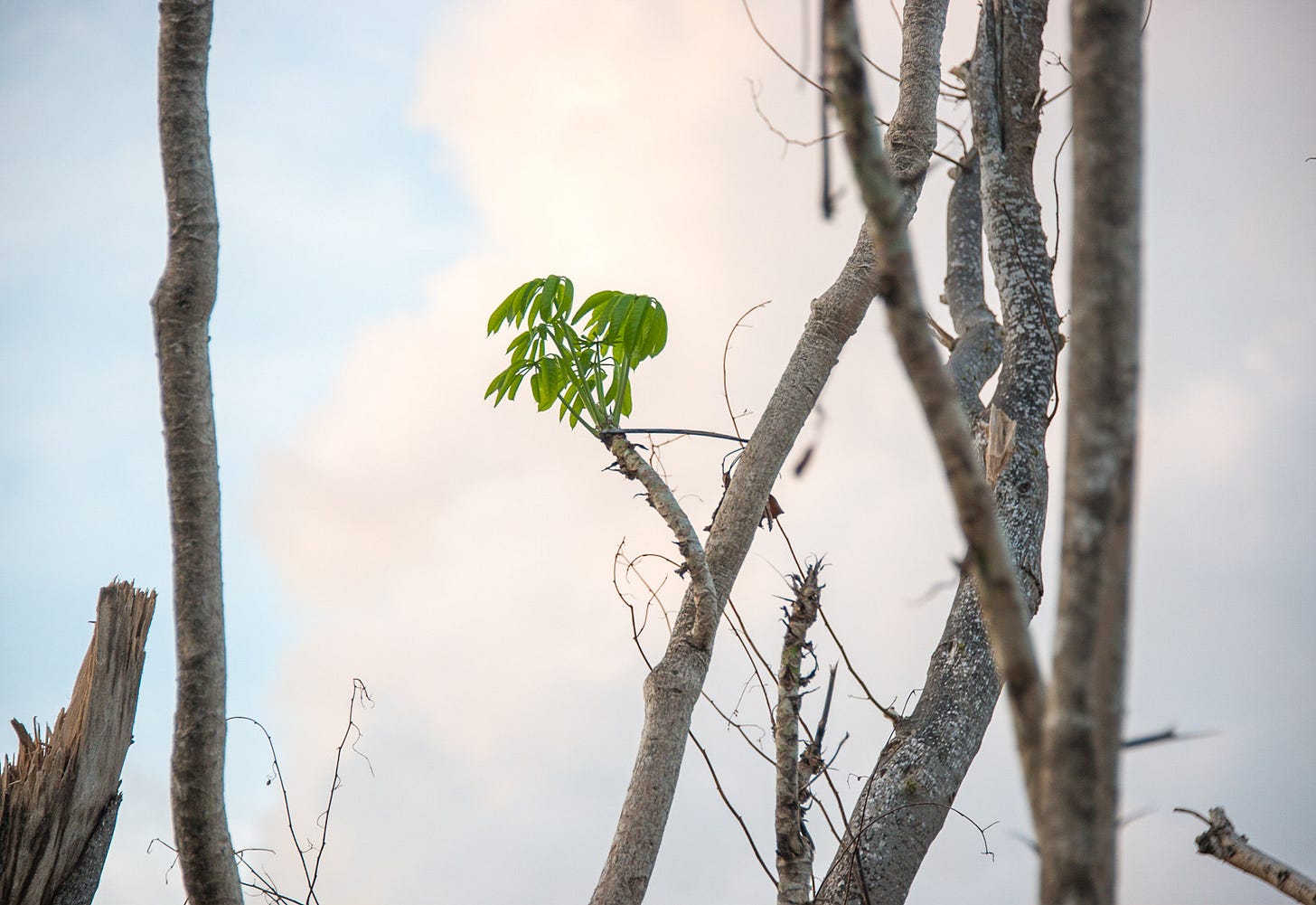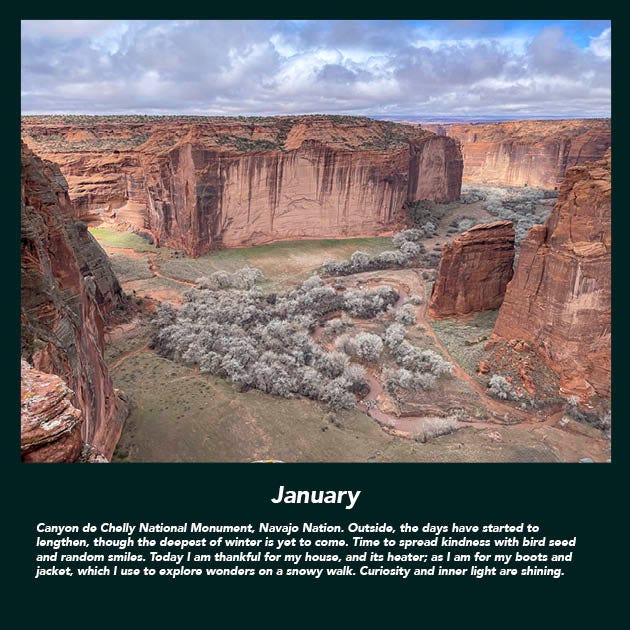Building hope from the ashes
Step 1: Recognizing those we share the world with
The view out of my window is frigid. Not just because of the dusting of snow or the gray clouds concealing the high peaks, but because it’s around 10 degrees, and at these temperatures you can actually see the cold.

A thousand miles away, my friends in LA are surrounded by heat, and some are wondering if their homes have burned down. The natural communities there are also aflame: hills covered with scrubby oak, chaparral, and sage, which are home to coyotes, tortoises, bluebirds, countless insects, and so many others.
It’s jarring and tragic. And it sucks to be powerless.
In nature, however, fire is ultimately a great re-generator, a necessary change to cleanse the old and give opportunities for new life to sprout. But this takes time. Weeks for the first grasses to poke through the ashes and the deer to start wandering through. Years for the bushes to grow full. Decades for trees to regrow, if they are even able to now with the changed climate. Still, it is a fascinating process to watch.
People, too, are extraordinarily resilient after natural disasters. I saw this happen when we lived in the Florida Keys, just yards away from where they marked the official landfall of Hurricane Irma (a Cat 4). We were lucky; our house remained mostly intact, but the community devastation was deep.
It was immediately uplifting to see how neighbors came together and helped one another out, and there will surely be such touching tales coming from LA, too. Those are important stories to tell, as they remind us of the good we are each capable of doing. They also help us get past the deep sorrow and burden of loss. But what the media rarely reports on is the collective PTSD that blankets communities in the aftermath, and lingers for years.
There isn’t much support on the ground for this either. Headlines fade after a week or two, and people who are not there don’t know of the difficult tasks that continue to overwhelm life for months and years. So if you have gone through a natural disaster, or have friends who have been through one, just be aware of that, and ask what you can do to help, or to get help for yourself. And remember, that humans are part of nature, and thus we too, eventually, get to partake in the positive regeneration process, with new possibilities sprouting from the ashes (no matter how impossible this feels at the present moment).

This also makes me think of the natural world around us, and the collective PTSD humans have inflicted on the land, the scars of ripping up native flora for development (under the misnomer of “progress”), the poisons that we continue to add to the soil, water, and air via chemical fertilizers and pesticides, and the animals we have terrorized for generations, intentionally for sport and profit, and unintentionally with walls, highways, and fences, and constant bombardment with traffic noise and light pollution.

Any one of us doesn’t have the power to change our growth-centric society — an economic system that fully depends on the destruction of nature — but we can help to heal those wounds in our own small spaces, by making our yards and public spaces safe for our cousins, the birds and bunnies, bees and beetles. Going forward, one of the main focuses of this newsletter will be expanding on this theme with specific ideas and suggested actions as the year unfolds.
But in the meantime, start with step 1: Think about the wild ones you share space with, and how your yard or space looks from their perspective.
Then think about how to help each place and each being you touch (human or otherwise) be a little more uplifted than when you entered there or met them.
As this year unfolds politically, and as natural disasters worsen, seeing ourselves as part of a greater community will be vital to our resilience. Or as writer Rebecca Solnit recently put it, “Taking care of something else is as important as taking care of yourself… We’re entering a psychotic carnival of separateness, and interdependence is going to be something to hold onto.”

This year, I hope we can put love into action, give back, and strive for honesty, equity, and ethical decision making — in the way we treat one another, and the way we treat the land. Let’s be present for all of our moments. Let’s be here, together. And don’t forget to laugh, whenever you can!
In other news, each year Steve and I create a calendar for our family, with thoughts and photographs gathered from the previous year. This year I’d like to share it with you.
Here is January’s, better late than never!



